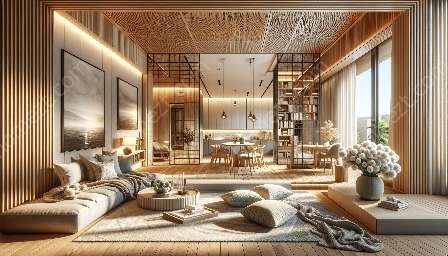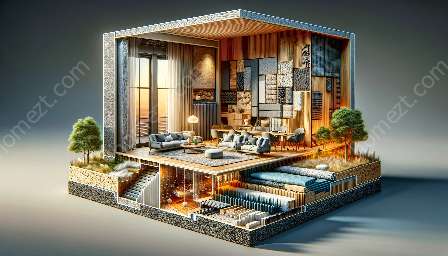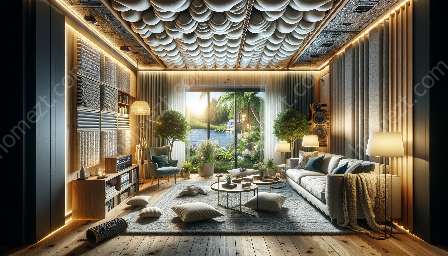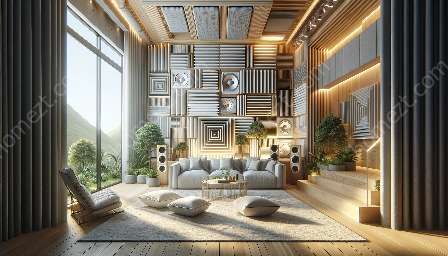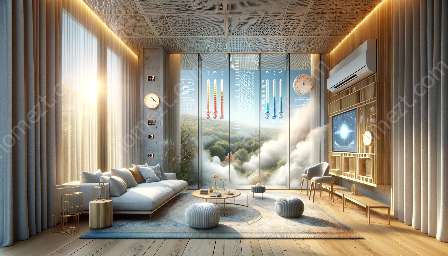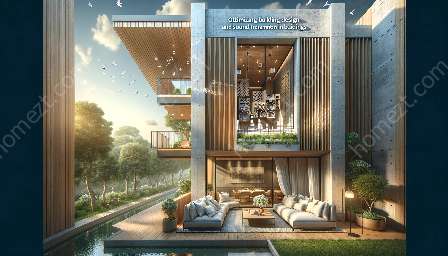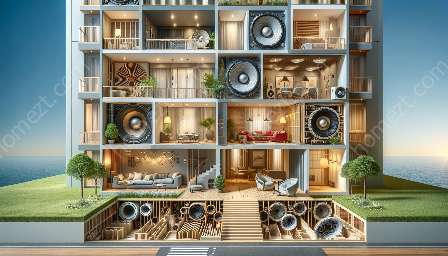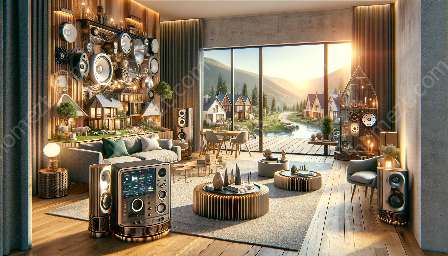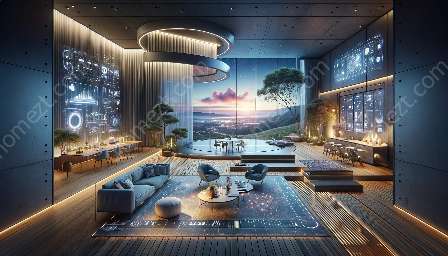Acoustics plays a crucial role in the design and construction of green buildings. It encompasses various aspects such as sound transmission in buildings and noise control in homes, all of which are essential for creating sustainable, comfortable, and healthy living and working environments.
Understanding Acoustics in the Context of Green Building Design
Acoustics is the science of sound and its transmission. In the context of green building design, it focuses on creating spaces that not only reduce the impact of external noise but also optimize internal sound quality, contributing to the overall environmental sustainability of the building.
Sound Transmission in Buildings
One of the key considerations in green building design is the management of sound transmission within the building. This involves minimizing the transfer of unwanted sound from one space to another, ensuring privacy, comfort, and productivity for occupants. Green buildings employ various techniques and materials to reduce sound transmission, such as the use of sound-absorbing materials, proper insulation, and strategic building layouts that minimize sound travel.
Noise Control in Homes
Within the context of green building design, noise control in homes is a critical aspect that directly impacts the quality of living environments. Green building practices emphasize the implementation of noise-reducing strategies, including the use of double-glazed windows, acoustically treated walls, and the consideration of noise sources in the building's vicinity during the design phase.
Strategies for Optimizing Acoustics in Green Buildings
Green building design integrates several strategies to optimize acoustics while maintaining a focus on sustainability. Some of these strategies include:
- Material Selection: Choosing sound-absorbing and sound-dampening materials such as acoustic panels, cork flooring, and recycled insulation to minimize sound transmission and improve sound quality.
- Proper Insulation: Implementing effective insulation solutions to reduce the impact of external noise and maintain comfortable indoor sound levels.
- Building Layout and Design: Employing architectural designs that consider sound propagation to create spaces that minimize sound interference and provide optimal acoustics for various activities.
- Technology Integration: Incorporating advanced sound-mitigating technologies, such as sound masking systems and acoustically engineered HVAC systems, to enhance overall acoustic comfort and efficiency.
Environmental and Human Benefits of Acoustic Design in Green Buildings
The integration of sound transmission management and noise control in green building design offers numerous benefits for both the environment and building occupants. These include:
- Enhanced Comfort: Improved sound quality and reduced noise levels contribute to a more comfortable and productive living and working environment.
- Health and Well-being: Minimizing exposure to excessive noise can reduce stress, improve sleep quality, and positively impact overall well-being.
- Sustainability: Creating acoustically optimized spaces aligns with the principles of environmental sustainability, making green buildings more efficient and environmentally friendly.
- Regulatory Compliance: Meeting or exceeding acoustic standards and regulations demonstrates a commitment to creating spaces that prioritize occupant well-being and environmental responsibility.
Conclusion
Acoustics in green building design encompasses a range of considerations, from managing sound transmission in buildings and controlling noise in homes to implementing strategies that optimize sound quality while maintaining environmental sustainability. By integrating acoustics into the design process, green buildings can offer comfortable, healthy, and environmentally responsible living and working environments.

